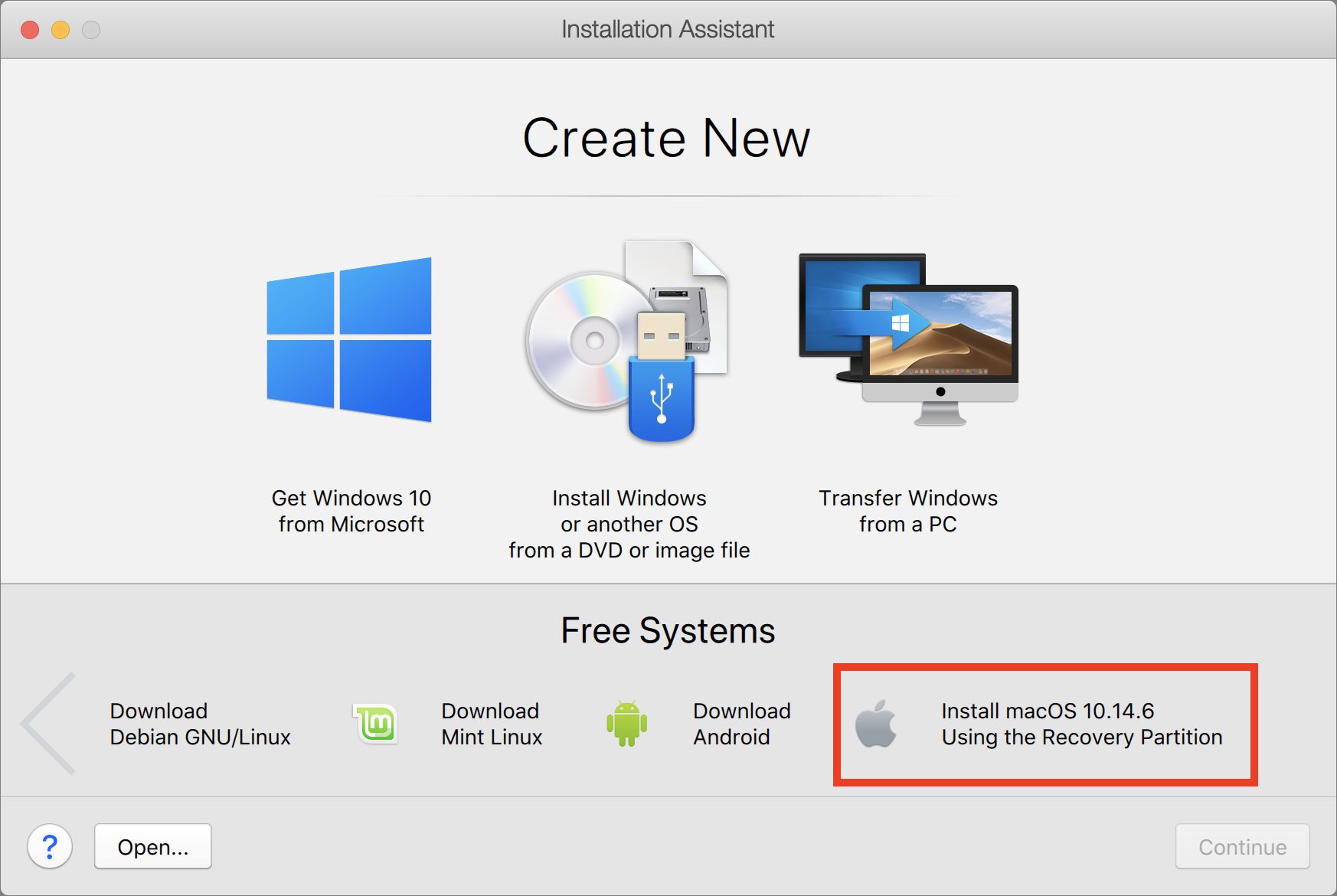X Window Client for Windows. Version: Fetch 5.7. Operating System: Mac OS X. Users: William & Mary faculty, staff and students only. Cost: Free Trial located on Fetch website. Download Now (52 MB) Company Site. Fetch is an easy-to-use, full-featured FTP and SFTP client for the Apple Macintosh.Please note if Fetch does not work for you, there.
- MacOS Catalina 10.15.7 Supplemental Update 2. MacOS Catalina 10.15.7 supplemental update addresses an issue that may prevent the battery from charging in some 2016 and 2017 MacBook Pro models.
- Fetch is a reliable, full-featured file transfer client for the Apple Macintosh whose user interface emphasizes simplicity and ease of use. Fetch is a reliable. Fetch supports FTP. The familiar Mac OS X Finder - Droplet.
- Fetch 5.7.7 for Mac can be downloaded from our website for free. The most popular versions among the program users are 5.7 and 5.6. Commonly, this program's installer has the following filenames: fetch5.7.1.dmg, fetch5.7.2.dmg, fetch5.7.4.dmg and Fetch5.6.dmg etc. The bundle identifier for Fetch for Mac is com.fetchsoftworks.Fetch.
You can use Fetch, a popular FTP program forMac OS and Mac OS X, to transfer files to andfrom a remote computer. For example, using Fetch, you can download afile from an anonymous FTP site.
Starting Fetch
When you run Fetch, a dialog box called New Connectionwill appear. You will need to enter the following information:
- In the 'Host:' field, type the host name or IP numberof the computer you will be transferring files to or from. Forexample, if you are transferring files from the computer
ftp.dartmouth.edu, in the 'Host:' field type: Or you can enter this computer's IP number, if you know it: - Next to 'User ID:', and 'Password:', type your username andpassword for the computer you are connecting to. For anonymousFTP, try leaving these fields blank. If the anonymous FTPserver refuses your connection, try typing
anonymousforthe User ID and your email address for the password. - If you want to go to a specific directory, type its path in the'Initial directory:' (Fetch 4.x) or 'Directory:' (Fetch 3.x) field. InFetch 4.x, to see the 'Initial directory:' field, click the trianglenear the bottom left side of the
New Connectionwindow.If you want to enter the default directory, leave the 'Initialdirectory:' or 'Directory:' field blank. - When you are done entering this information, click OK orpress
Return.

Once a connection has been successfully made, Fetch will display alist of files and directories on the remote computer. Folder iconsrepresent directories and subdirectories, while generic file iconsrepresent files. The current directory is shown at the top of thewindow. Clicking the current directory name produces a pop-up menu,listing the directories in which the current directory resides.Selecting one of these moves you to that directory. You can alsochange to a specific directory by double-clicking its folder icon.
Fetch and file types
There are three modes Fetch uses to transfer files: Automatic, Text,and Binary. Additionally, when you 'Put Files' in Fetch for Mac OS X,there are several versions of Binary mode you can choose from,including Raw Data, MacBinary III, BinHex, andAppleSingle. Choose the appropriate binary mode for yourfile. In Fetch 4.x, switch between modes using the pull-down menu nextto 'Mode:'. In Fetch 3.x, click the radio button of the mode you wantto use. In both versions, Automatic is selected by default.
Automatic mode works for most files, and with it selected, Fetch willuse clues from the filename to determine the correct transfermode. Use Text mode to transfer files which are plain text with nospecial formatting. Use Binary mode to transfer word processingdocuments (e.g., Microsoft Word files), images (e.g., GIFand JPEG), compressed files (e.g., StuffIt, Zip,and GNU zip), MacBinary files, and other documentscontaining special formatting. If you transfer such a binaryfile while Fetch is in Text mode, the copy you make of the filemay not work correctly. Automatic mode usually correctly identifiesand transfers files, but if it doesn't, try specifying Text or Binarymode. For more information about file types, consult Fetch'sdocumentation.
Transferring files
Once connected, there are two ways to transfer files using Fetch:
- Drag and drop: If you are using System 7.5 orlater, you can download files from the remote computer by draggingthem to the desktop or to a Finder window. Conversely, youcan drag files to the Fetch window to start an upload. If you havepermission to do so, you can delete files on the remote computer bydragging the files to the Trash icon on the Mac OS desktop orMac OS X Dock. Fetch will ask you to confirm that you want to deletethe files.
- Put/Get buttons: After highlighting a file orfolder in the window representing the remote computer, click thePut Files... or Put File... button to open a dialogbox where you can choose a file to upload. Click theGet..., Get File..., or GetFiles... button to download files to your computer.
Fetch 5.8, the 64-bit version of Fetch, is now available for download. The primary feature of this release is compatibility with macOS 10.15 Catalina. Fetch 5.7 users should only upgrade to Fetch 5.8 if they have moved, or will soon move, to Catalina. Download; Buy/Upgrade; Support; Fetch is a reliable, full-featured file transfer client for the Apple Macintosh whose user interface emphasizes simplicity and ease of use. Fetch supports FTP and SFTP, the most popular file transfer protocols on the Internet Learn More.
| Developer(s) | Fetch Softworks |
|---|---|
| Stable release | |
| Operating system | Classic Mac OS, macOS |
| Type | FTP client |
| License | Proprietary |
| Website | fetchsoftworks.com |
Fetch is a full-featured GUI-based FTP client for the classic Mac OS and macOS made by Fetch Softworks. In addition to basic FTP functionality, Fetch includes such features as editing files without having to download them and re-upload them. In version 5.0, support for SFTP was added, and in version 5.2, FTPS was added.
History[edit]
Fetch 5.8
Fetch was created in the summer of 1989 by Jim Matthews, an employee of Dartmouth College. At the time, it was intended primarily for internal college use. Fetch was maintained and updated as a Dartmouth software project and was eventually released as shareware, becoming very popular in the Macintosh community. Due to its status as an official product of an educational institution, Fetch was always free for educational users.[1]
The first version of Fetch was a desk accessory. For most of the 1990s it competed with Anarchie as one of the two main Mac FTP clients. Marine aquarium for mac.
After being a contestant on the game show Who Wants to Be a Millionaire in December 2000, Matthews used his winnings to purchase the Fetch source code and launch Fetch Softworks.[1]
Essay contest[edit]
In September 2007, Fetch Softworks hosted a back-to-school essay contest for students, teachers, or anyone else affiliated with an educational institution. There were five winners: four second-prize winners and one grand-prize winner; the second-place contestants were awarded a third-generation iPod Nano and $100. The grand-prize winner was given a black Apple MacBook along with $750. The contest asked Fetch users how they incorporated Fetch into their lives.
See also[edit]
Fetch Software For Pc
References[edit]
Fetch Software For Mac

- ^ ab'The Fetch Softworks Story'. Fetch Softworks. Retrieved 22 June 2015.